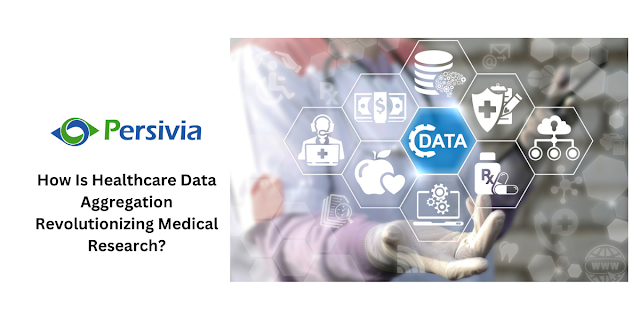The Key Components of a Successful Population Health Management Platform
A population health management platform (PHMP) is a comprehensive solution that allows
healthcare organizations to gather, examine, and act on patient data and
enhance population-level health outcomes. It is crucial to include numerous
vital elements that cater to the various needs of healthcare stakeholders to
guarantee the platform's success.
Let’s talk about the
components in detail!
Data Integration and
Aggregation
The seamless integration
and aggregation of data from many sources is one of the core elements of a
successful population health management platform. This comprises:
- EHRs
- Claims
Data
- Social
Determinants of Health
- Patient-Generated
Health Data
- Medication
Adherence Data
Robust Analytics and
Reporting
A pop health
management platform has powerful analytics capabilities so that it can extract
valuable insights from the connected data. In the population, patterns, trends,
and correlations can be found with the aid of sophisticated analytical tools
and algorithms. It offers thorough reporting capabilities so that stakeholders
can be informed of results and performance metrics.
Care Coordination and
Communication
A PHMP streamlines
communication and information exchange throughout the care continuum. This
contains characteristics like:
- Secure
Messaging
- Care
Team Workflows
- Care
Plans
- Task
Assignments
Patient Engagement Tools
Better health results
require involving patients in their healthcare journey. An efficient population
health management solution provides tools for patient engagement that
enables them to actively engage in their own healthcare. These tools can be:
- Patient
Portals
- Mobile
Applications
- Educational
Resources
- Personalized
Health Content
Risk Stratification and
Predictive Analytics
A critical component of
PHM is identifying individuals who are at high risk for unfavorable health
outcomes. To identify people who need specialized care, a powerful pop health
administration platform integrates risk stratification algorithms and
predictive analytics.
Interoperability and
Data Exchange
A good population health
management platform upholds standards for health information interchange and
promotes system interoperability. This facilitates the smooth transfer of
information between various care settings, improves care coordination, and
fosters continuity of care.
Security and Privacy
Measures
To protect patient
information in light of the growing digitization of healthcare data, strong
security and privacy safeguards are essential. The platform must adhere to
accepted access controls, encryption techniques, and security
regulations.
Provider and Patient
Satisfaction
A population health
management platform must be easy to use and patient- and provider-satisfaction
oriented for it to be effective. Besides, it should be simple to use,
straightforward, and created with the end users and care providers in
mind.
To get all these
features in a single population health platform, visit Persivia at www.persivia.com!




Comments
Post a Comment